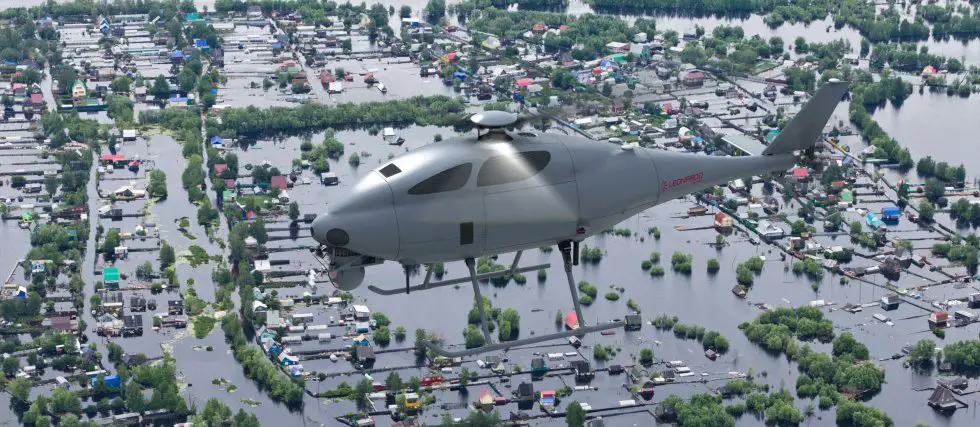The Unmanned Aerial Vehicles market is projected to grow from USD 20.71 billion in 2018 to USD 52.30 billion by 2025, at a CAGR of 14.15% during the forecast period.

Leonardo's UAVs are top-class Italian demonstrators of the European know-how (Picture source: Leonardo)
This following presentation covers the segmentation of the UAV market on the basis of UAV type (fixed-wing UAVS, multirotor UAVs, single rotor UAVs, and hybrid VTOL UAVs), class (small UAVs, tactical UAVs, strategic UAVs, and special purpose UAVs), application (military, civil & commercial, homeland security, and consumer), mode of operation (remotely operated UAVs, semi-autonomous UAVs, and fully-autonomous UAVs), range {Visual Line of Sight (VLOS), Extended Visual Line of Sight (EVLOS), and Beyond Line of Sight (BLOS)}, MTOW (<25 kilograms, 25-150 kilograms, and >150 kilograms), point of sale (OEM and aftermarket), and system (UAV platforms, UAV payloads, UAV data links, UAV ground control stations, and UAV launch and recovery systems).
These segments and subsegments are mapped across various regions, such as North America, Europe, Asia Pacific, the Middle East, Latin America, and Africa.
The report provides in-depth market intelligence regarding key factors such as drivers, opportunities, and industry-specific challenges influencing the growth of the UAV market. It also offers an analysis of micromarkets with respect to individual growth trends, prospects, and their contribution to the UAV market. The European and Latin American regions are expected to be the new revenue-generating markets for unmanned aerial vehicles (UAVs). Exemptions made by the Federal Aviation Administration (FAA) to allow the use of UAVs in several industries are also contributing to the growth of the UAV market.
Based on type, the fixed-wing UAVs segment is estimated to lead the UAV market in 2018. Fixed-wing UAVs have longer endurance as compared to other UAVs, thereby making them suitable for use in commercial and military applications.
Based on class, the strategic UAVs segment is estimated to lead the UAV market in 2018. The growth of the strategic UAVs segment can be attributed to the extensive use of MALE and HALE UAVs by defense forces worldwide to obtain situational awareness for threat evaluation during combat operations.
Based on application, the military segment is estimated to lead the UAV market in 2018. The growth of the military segment can be attributed to the increasing use of UAVs in various military applications, such as intelligence, surveillance, and reconnaissance (ISR) and electronic warfare.
The North American region is estimated to lead the UAV market in 2018. The US and Canada are key countries considered for market analysis in this region. Increase in defense expenditures of the US and Canada and the presence of major UAV manufacturers in North America are key factors contributing to the growth of the UAV market in this region.
Break-up of profiles of primary participants for this report:
• By Company Type: Tier 1 – 35%, Tier 2 – 45%, and Tier 3 – 20%
• By Designation: C Level – 35%, Manager Level – 40%, and Director Level – 25%
• By Region: North America – 45%, Europe – 20%, Asia Pacific – 30%, and RoW – 5%
Key players operating in the UAV market include General Atomics (US), Northrop Grumman (US), Textron (US), Boeing (US), DJI (China), Parrot (France), 3D Robotics (US), and Aeryon Labs (Canada).














